It is well known that the Ottoman Empire was a place of incredible cosmopolitanism. What is often overlooked is the existence of “syncretic” peoples, those who existed on the boundaries between various identities–be they Muslim, Christian or Jewish. In his recently published work, “Osman Hasan and the Tombstone Photographs of the Dönmes,” artist and researcher Mehmet Kösemen (known as C.M. Kösemen) documents the stunning tombstone portraits of the Dönme, a group of people who appeared publicly Muslim but practiced a blend of Judaism and mysticism in their private lives.
Could you talk about how you began your journeys into graveyards?
In the fall of 2011, I first ventured into these graveyards, which I knew belonged to this group from my previous interest in the Dönme community. The first thing I noticed upon entering the graveyards was the presence of some incredibly melancholic, old-looking photographs of the deceased on most of the tombstones. They had an incomparable artistry to them; you could see that they had been transferred to porcelain by hand. Most of them had a time-worn, almost ghostly appearance. Another common thing I noticed on most of these was the signature of a certain Osman Hasan.
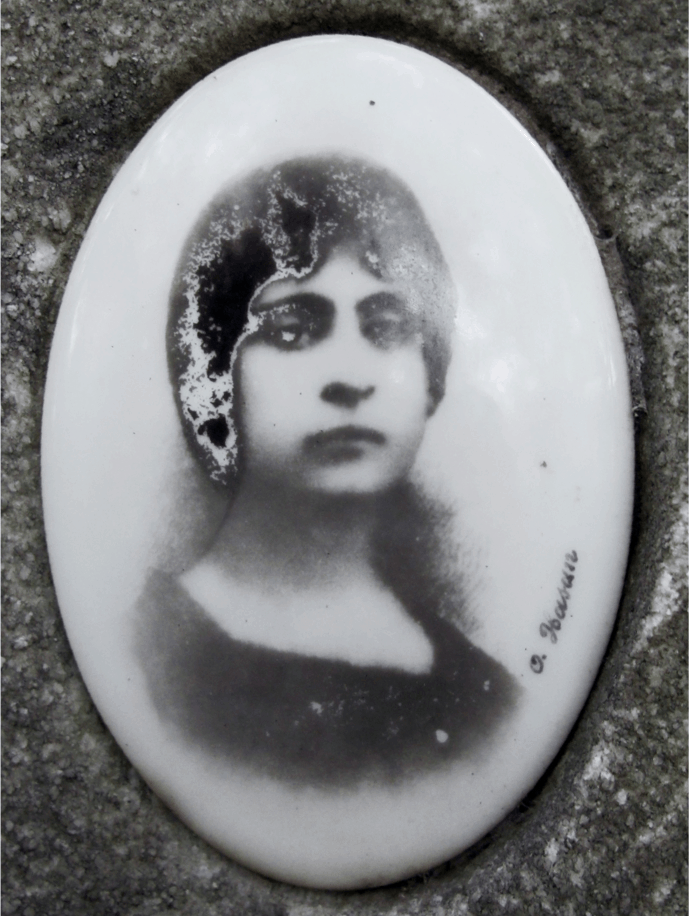
How did you know these cemeteries were full of Dönme tombstones?
I had actually read Marc David Baer’s work on the Dönme beforehand and I found it very illuminating. Also, in the popular Turkish press and on the Internet, these cemeteries, especially the one in Bülbülderesi in Üsküdar, are repeatedly said to be full of “Selanikliler.” (“The ones from Salonica,” the Ottoman city where most Dönme lived.) On some of these websites, it’s suggested that these people are hidden Jews—not without a hint of anti-Semitism.
What inspired you to dig further?
The uniting thing was the signature of Osman Hasan. Actually, I looked at Bülbülderesi first and noticed the signature of Osman Hasan. Then, I went to the Maçka cemetery and saw Osman Hasan’s signature again from tombstones from a similar era. It dawned on me that I had stumbled upon a very talented photo artist who had not been documented in any kind of study before. The only mention of it was in Marc David Baer’s book, and even there his name had mistakenly been written as “Osman Murat”.
There was an amazing body of work, close to 200 or 300 portraits that were signed by this one man and they were under the risk of destruction. Actually, a good number of them had already been destroyed. Some cemeteries had blank slots where these porcelain portraits used to be mounted. For example, I made two successive visits and in the second visit, half of one of the photographs was broken. Later, on this photograph was completely destroyed.
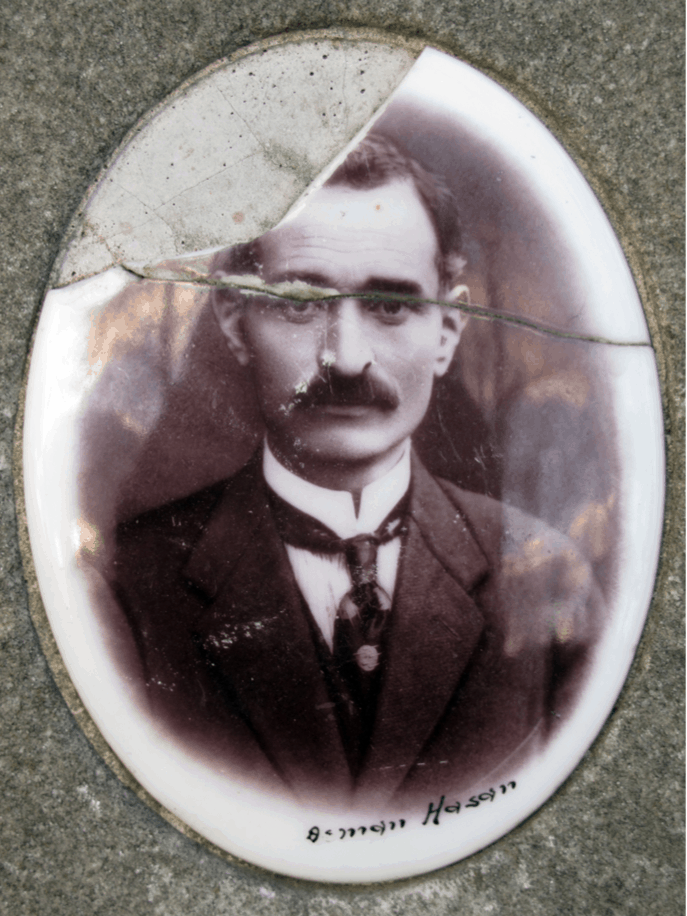
Was that that photo of Murtaza Bey?
Yes.
I was actually really affected when I read that his photo was gone. The tomb must be completely different without it.
We’ll get to Murtaza Bey. I have a surprise ending for you (laughs). Sometimes, there is a feeling that something has to be done. You might get that feeling when you see a helpless animal in the street. For me, it was the fact that time and vandalism were having their way with these neglected cemeteries. I knew that there was probably nobody else in Turkey who had the same interest and photographic talent. It had to be me. I had to bring those tombstone portraits together. So, I began my work.
How did you get information about this mysterious Osman Hasan?
For the next six months to a year, I just took pictures of these graveyards. When my collection had reached a certain size, I contacted one of my closest friends, Barry Kapandji. Barry is a very unique individual. I wrote this book but he knows almost everything about the Dönme community and its practices. When I showed these paintings to him, he was overjoyed. He felt like he had found a long-lost family album.
He got me in touch with the last surviving relative of Osman Hasan, who had died childless. His nephew, Mr. Burhan Yentürk, is still living and he’s the only person to have a living memory of him. We had a nice chat about his family history. As it turns out, Osman Hasan was a painter as well as a photographer. He was a reclusive, artistic sort of “outsider.” At the same time, because of this skill he was possibly the go-to person for the Dönme whenever any sort of artistic service was needed.
It sounds like you were left with a lot more questions than answers about Osman Hasan. If you could meet him, what would you ask?
I would ask him which technique he used to transfer these old photographs taken in the 1910s, ’20s and ’30s. How could he transfer these onto these porcelain plates? Now you can do this conveniently at any printer but he had a very unique formula and very soft edges. It looks almost as if the photograph had formed inside the porcelain.
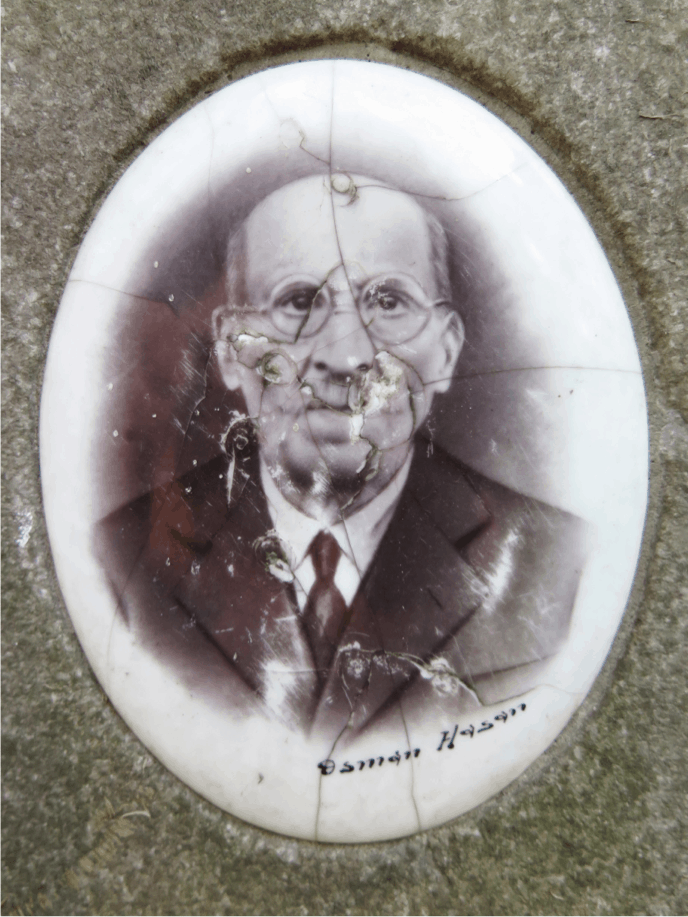
I would also ask why these photos were a record of his people. Was he some kind of visual rabbi for his community? There is no tombstone picture signed by Osman Hasan that I know of that does not belong to the Dönme. He exclusively photographed members of the Dönme community.
How would Osman Hasan understand the ‘visual rabbi’ question?
I’m asking whether his role as the portrait photographer was couched in religious terms. We know that the Dönmes had a very unusual and very protean religious organization. People had secret roles. So, was his work ordained by his beliefs or was he just the convenient guy who knew how to take and transfer photographs?
Is there any clue as to why this tradition suddenly appeared among this group of people at that time?
We know that the Dönmes lived between a very curious mixture of mystical traditions and modern, secular thought. For example, they were one of the first “Muslim” groups to adopt Latin letters on their tombstones. [Turkey adopted the Latin alphabet in 1928. Before that, all Muslim tombstones were inscribed with Ottoman Turkish, using the Arabic alphabet.] They were very receptive, for their time, to modern technology and habits. Another example: there is a telegraph operator who was buried with a very interesting symbolic representation of the telegraph as a lightning bolt carved onto his tombstone. You can see that they did something that has seldom been achieved in Turkey with that degree of consistency and perfection: they really knew well how to harmonize traditional capturings with effects of modern culture—at least on their tombstones.
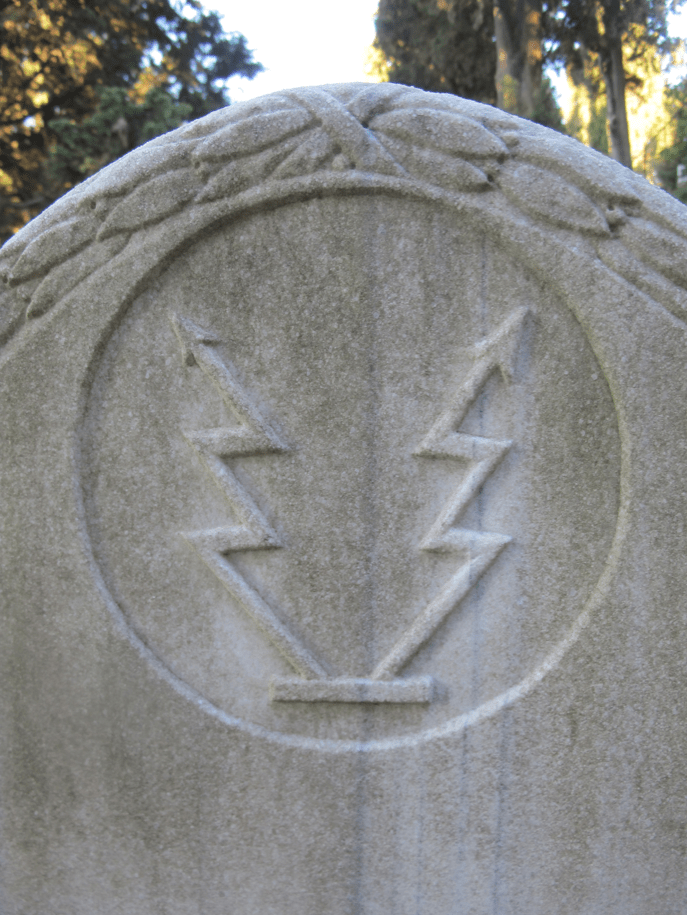
We know that the Dönme shared the tradition of tombstone photos with members of the Jewish community. When photography became commonly accessible, the Jewish community, Greeks and other Christians denominations of Istanbul built tombstones in which the dead displayed their portraits. But as I said before, the Dönme were technically Muslims and they were buried in what were called “Muslim” graveyards. In the 1920s and 1930s, no self-respecting Muslim would ever place an image on his/her tombstone. This was considered a sacrilegious act in Islam. We also know that the Dönme religion had a thing for breaking sacrament [known academically as antinomianism]. For example, even when they were closer to the Jewish fold in the early years of their religion, we know the Dönme actually mixed different foods and made a point of eating non-kosher foods.
Maybe placing these sort-of graven images in a Muslim context was a purposefully antinomian act. Not only were they recording members of the dead, but they were saying to the rest of the Muslims, “we are not like you and here we stand.”
Certainly, in some cases there are some very strange things going on. We have tombstones in which women are portrayed wearing the full black veil but they have their pictures. That’s a very interesting mix. In their own way, they were both religious and antinomian. I think this is what makes the Dönme so interesting.
The portraits span two whole generations — some dying old, some dying very young.
Yes, it is the last generation to die with memories of Salonika. The Dönme lived in all cities of the Ottoman Empire, but their biggest city was Salonika. After the 1923 population exchange between Turkey and Greece, they were labeled as Muslims and sent packing to Turkey. And here in these cemeteries they made their last stand. I say this because Dönme identity was very quickly subsumed into generic Turkish secular Muslim identity. Even today, many Dönme families are not aware of this weird heritage and they consider themselves just secular, Westernized Turks.
There are a lot of people in the book who died young. You almost get the feeling that these people died with the sickness of being torn away from their home. The last years of the Ottoman Empire were extremely cosmopolitan. We know that the Dönme had a very Westernized lifestyle, and as secular as the Turkish Republic was in its first years, it was actually a far more insular, conservative and far more dangerous place to be a non-Muslim. We know what happened to the Armenians, the Greeks and even the Jews in the early years of the Turkish Republic. There were things like the Wealth Tax, forced conscription during WWII and a general hostility towards non-Turkish people. So, it may sound a bit poetic, but I could feel how depressing it could be for some of these young people if they were not able to let go of the memories of their childhood.
Could you talk about the butterfly carvings you found on several of the tombstones?
When I identified the butterfly symbols on multiple graves in multiple graveyards I thought, “OK, I seriously have something here.” I got this India-Jones-like sense of uncovering and recording something that nobody else had noticed before.
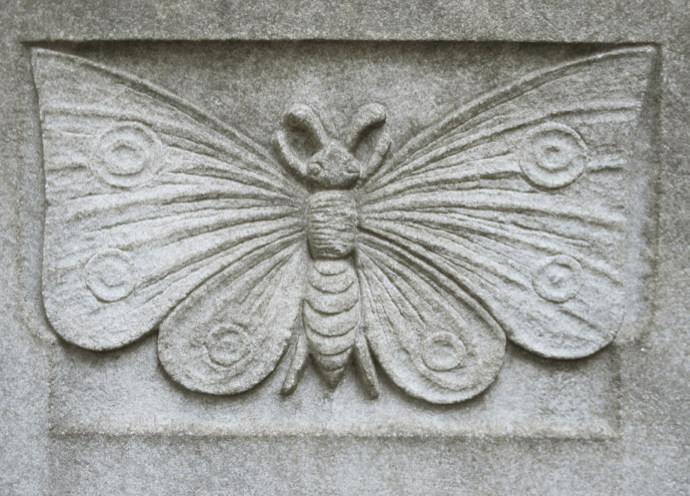
When I talk about this project with people it’s the butterflies that get people more than the photos because they’re just…
…so weird! And they have no parallels in any other religion.
It’s a definite mystical symbol of the Dönme. I think they have some implied meaning of metamorphosis, although we don’t know exactly what it means. Is the butterfly a symbol of changing religion? We know the Dönme believed in reincarnation in some cases. Does it say that your mortal body was like a caterpillar and now [with death] your butterfly has flown? What kind of reference is it?
How could academics figure out the meaning?
I wonder if Kabbalistic or Sufi lore makes consistent references to butterflies. I really don’t know. But one thing is for sure: now we have a symbol we can ascribe to the Dönme uniquely. You know, the Star of David for the Jews, the star and crescent for the Muslims, and now we could use this butterfly symbol to mark out the Dönme with a special, unique identity.
What was your favorite epitaph and why?
I think it was the tomb of Hüsnü Rasim Bey. It’s a long poem that claims God is the universe and he is beyond space and time. It’s very modern and it’s actually very much like a lot of death and afterlife and separation narratives we see today in Hollywood. Look at Interstellar, for example. It’s saying the same thing! “Beyond space and time you can live again, you can talk to dead ones.” Here you have a semi-religious epitaph echoing the exact same sentiments from 1928. This shows that it’s a very human need to imagine this kind of stuff.
C.M. Kösemen is an artist and researcher. His paintings have been exhibited in various spaces around Istanbul including The Empire Project. Tune in tomorrow for Part 2 of this conversation!








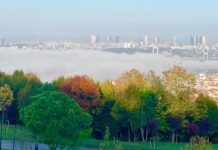
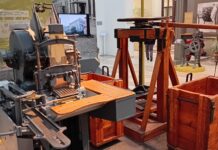
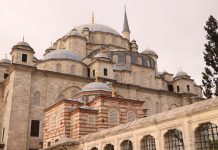
Your last commen regarding epitaphs is interesting. Here is another one from Hollywood… Where I come from nobody knows, where I am going everyone goes. Excellent article.